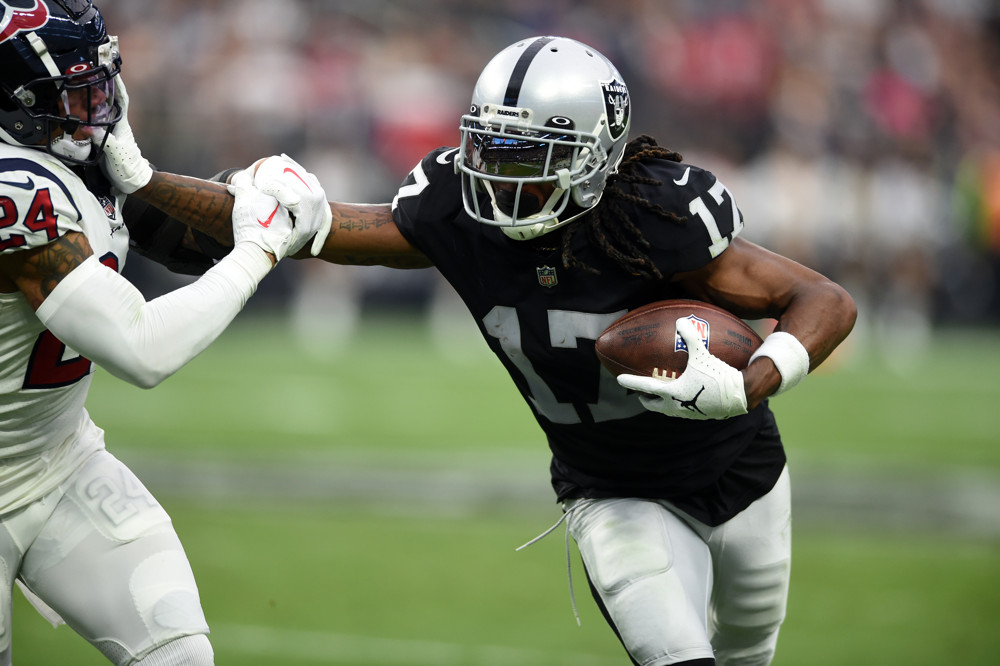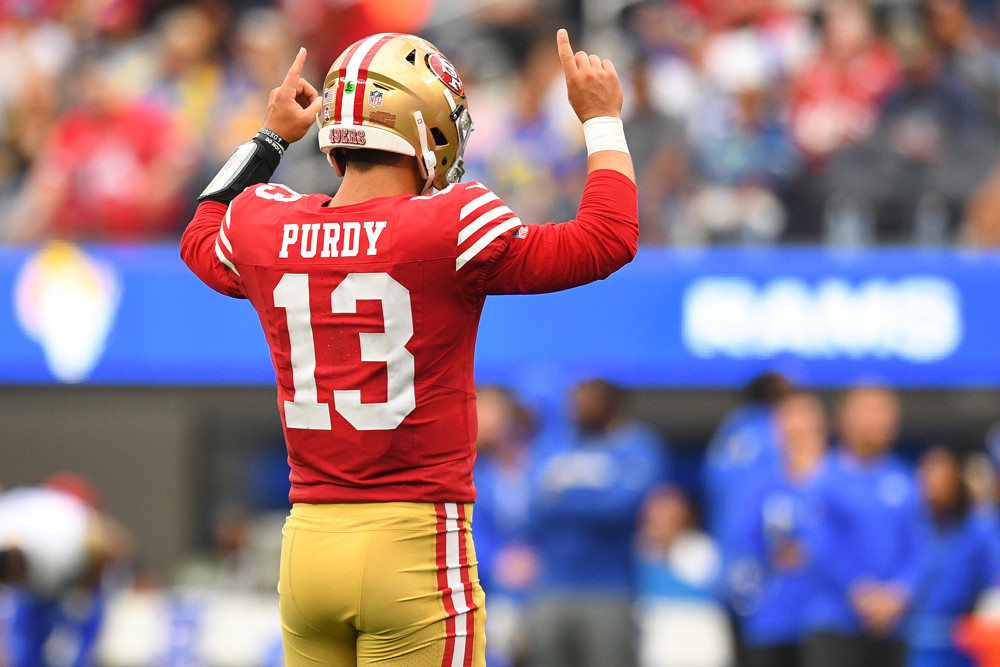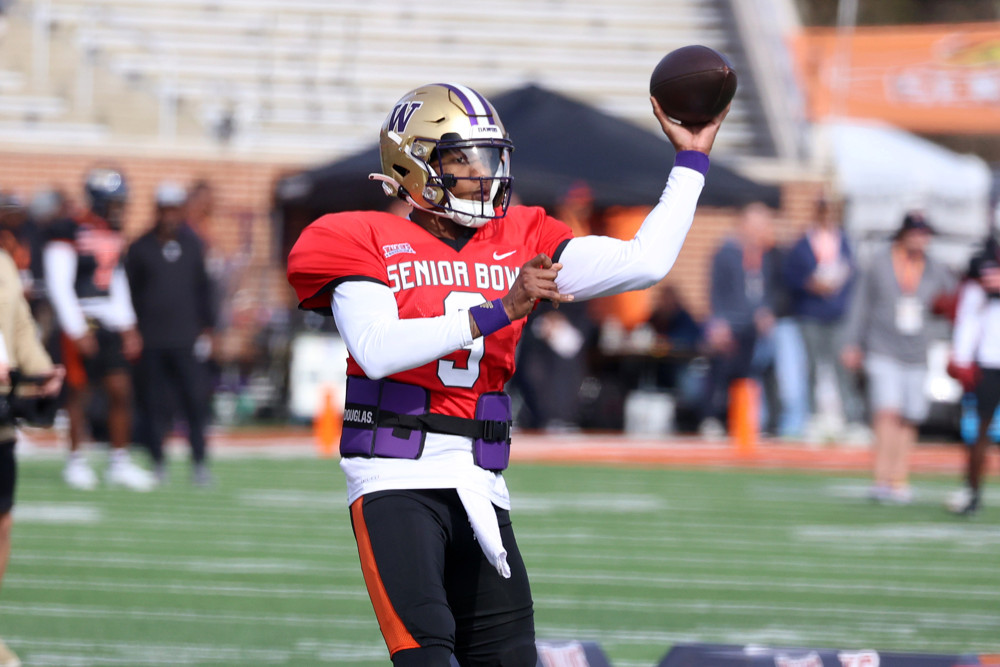
The $200 Driver (Single Entry) with 277 entries is my go-to contest on DraftKings for PGA DFS. I like the fact that it’s top-heavy overall (20% to first place), yet relatively flat at the top. It’s also small enough that a takedown is a low-probability event, but not that unlikely. At Pebble Beach, I finished fourth. A week later at The WM Open, I finished sixth. Finally, this past week I was able to get over the hump at The Mexico Open for the takedown:
That’s three top 3% outcomes in less than a month! This article is meant to do one thing — to demonstrate the fact that I’m not doing anything special. My success can be replicated with the tools at FTNDaily and the right approach to PGA DFS.
The GPP Scores
Not coincidentally, this is the message I put in Discord when debuting our GPP Scores (note the date):
They haven’t just met expectations, they’ve exceeded them. Without question, The GPP Scores have been the foundation to my February success, so let’s talk about them before we dive into each player. Here’s how I explained them on the Lineup Review video:
- The GPP Scores use a blend of top-five and top-10 odds as a proxy for ceiling likelihood
- The GPP Scores use missed cut odds as a proxy for floor likelihood
- The GPP Scores compare this floor/ceiling combo to projected SE rostership
- Positive GPP Scores mean the player is under-rostered
- Negative GPP Scores mean the player is over-rostered
The best DFS lineups consist of a balance between contrarian upside and high-probability plays. This formula is so simple, yet so powerful. Powerful enough, in fact, that it just helped FTN user Kruggers take down an NBA night slate:
Contrarian upside + high probability plays = DFS success
The Lineup
Here’s the coolest part… The GPP Scores automatically provide this balance. Keith Mitchell and Doug Ghim had comfortably positive GPP Scores thanks to their relatively low rostership and the fact that they were:
- Second and fourth in expected strokes gained
- Third and sixth in top-five odds
- Second and sixth in made cut odds
There was virtually no statistically significant difference in the odds of success for Keith Mitchell and either of Nicolai Hojgaard or Tony Finau, and yet Mitchell’s projected rostership was dramatically lower. This is where PGA DFS often differs from other sports — you can satisfy the “high-probability plays” portion of the equation and fade all the mega chalk. In fact, Hojgaard and Finau had the lowest GPP Scores on the slate. More on this in a bit.
So I had:
- Keith Mitchell
- Doug Ghim
Next, Robert MacIntyre and Garick Higgo were my favorite value plays thanks to their enormous GPP Scores. MacIntyre shined from a top-five odds perspective, in large part due to his comically high volatility. Volatility is great for contrarian players, bad for chalky players, since it helps access a disproportionately high ceiling yet comes with an equally severe floor. Since our course fit model had distance as 197% more predictive than usual (one of the highest numbers I’ve ever seen in the model), Higgo was an excellent course fit and I’m always intrigued by his ability to stack birdies on top of each other.
- Keith Mitchell
- Doug Ghim
- Robert MacIntyre
- Garrick Higgo
Finally, I was left with a 2v2: Emiliano Grillo and Matthew NeSmith vs. Davis Thompson and Jake Knapp. Here, I deviated from the GPP Scores, which pretty emphatically pointed to the Grillo pairing. I already had a ton of contrarian upside in the lineup, and I felt like our projections were underrating Jake Knapp. In both the Farmers Insurance Open at Torrey Pines and the WM Open at TPC Scottsdale, Knapp gained strokes in all of the putting, short game, and approach play categories. Pretty impressive for someone whose reputation is built on speed and distance! Thompson was simply the best available at the end.
Ultimately, here’s how I’d categorize each player:
- Keith Mitchell — contrarian upside and high probability
- Doug Ghim — contrarian upside and high probability
- Davis Thompson — somewhat in between both
- Jake Knapp — high-probability play
- Robert MacIntyre — contrarian upside
- Garrick Higgo — contrarian upside
However, who I didn’t play was just as important. Among the seven chalkiest plays of the slate, only Stephen Jaeger (third place) was a key piece. Sam Stevens, Taylor Pendrith and Seonghyeon Kim missed the cut. Nicolai Hojgaard and Tony Finau never threatened the top of the leaderboard. You may think I got lucky in this way, and to some degree of course that’s true. But it’s also the expected outcome. Consider this:
Our model and simulation gave Tony Finau an 18% chance of a top-five finish and a 23% chance of a missed cut. In what other sport do we see ceiling and floor probabilities this skewed toward the floor, even among the best players available? We don’t! Fading the seven most popular plays wasn’t just about looking elsewhere — it was also about purposely trying to find the week where chalk failed in bunches so I could separate. My 6/6 through the cut was one of less than 5% to do so in the contest, something that is only possible when chalk fails. Take another look at my lineup. I only had one player in the top five (granted, it was the winner) and only three in the top 10. Why was this lineup good enough? Because it was a great lineup in a week where most lineups stunk. I find it much easier to get takedowns like this instead of by finding an amazing lineup in a week where all lineups are good.
When I was younger, I used to think that outcomes were pre-determined in some way. That if I just had all of the information, and the right information, I could have predicted the exact outcome. I think many people still feel this way. “I should have known Pendrith would stink.” “How did all of the Jake Knapp slappies know he’d win?”
The GPP Scores remind us that nothing is predetermined and they force us to think probabilistically. When we do that, we realize that PGA rostership is probably the least efficient in all of the major DFS sports. I can’t guarantee that the success will continue (that’s the nature of PGA DFS), but I know the edge will continue to be there.



































